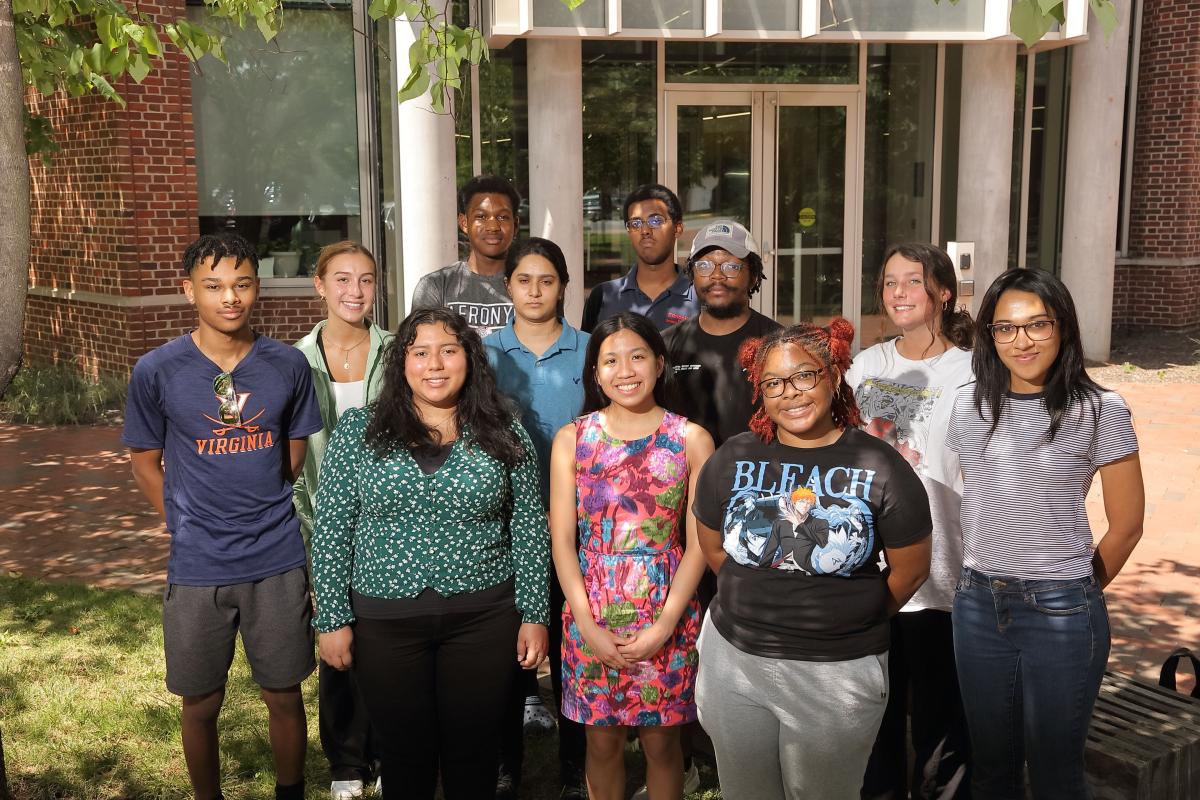
Program Description:
The Virginia–North Carolina Alliance for Minority Participation (LSAMP) seeks highly motivated undergraduate students majoring in a STEM (science, technology, engineering, math) field to apply to the 2024 Summer Research Program at the University of Virginia. Students are expected to devote at least 40 hours per week to research and other program activities. Emphasis is placed on conducting research in a lab setting where well-defined research goals, frequent communication, and significant contributions from multiple researchers are central to the success of a given project. This experience comes in the form of mentored and independent research culminating in a required final presentation. The program also offers a writing workshop, graduate school preparation, guest speaker presentations on topics related to STEM, and field trips to local attractions. Download program flyer
This program is: designed for undergraduate students interested in scientific research who are planning to pursue graduate study toward a Ph.D. - ideally individuals who are seeking their first research experience. It requires students to report to lab daily and work independently under the guidance of the faculty and/or graduate student mentors on a research project chosen by the faculty mentor.
This program is NOT: for students planning to apply to medical school or other professional school (e.g. dental, physical therapy, business, law, etc.). This program does NOT provide medical experience, physician shadowing, or clinical/bedside opportunities.
Please note: Application deadline has been extend to February, 22 2024.
Stipend and Housing:
$4,200 distributed in two installments. Receipt of entire stipend is contingent upon completion of the program. Housing on-Grounds at the University of Virginia will be provided to participants.
Eligibility Requirements:
Students who wish to apply must meet ALL of the following eligibility requirements:
1. Undergraduate students majoring or intending to major in a STEM field (current community college students, first-years, second-years, and third-years only). **View qualifying STEM majors here.
2. Enrolled at one of the VA-NC Alliance partner institutions. **View VA-NC Alliance institutions here.
3. United States citizens or permanent residents only.
4. Have interest in pursuing graduate study toward a Ph.D.
5. Participants are responsible for providing their own health insurance for the duration of the program. Proof of insurance may be required.
Research Tracks:
Click on each research track below, then click the faculty mentor’s name for more information about specific research projects offered for Summer 2024.
Application Instructions:
1. Select your top two choices of faculty mentors (click through the research tracks above; read all project descriptions thoroughly to ensure you meet the prerequisites and your research interests align).
2. Complete the application here.
3. Upload your resume, transcript (official or unofficial), and one letter of recommendation (or have your mentor e-mail their letter to emw5m@virginia.edu).
4. Submission deadline has been extended until Thursday, February 22, 2024.
5. Late or incomplete applications will not be considered.
6. Contact Maurice Walker, VA-NC Alliance Program Manager, at emw5m@virginia.edu if there are questions about the application.